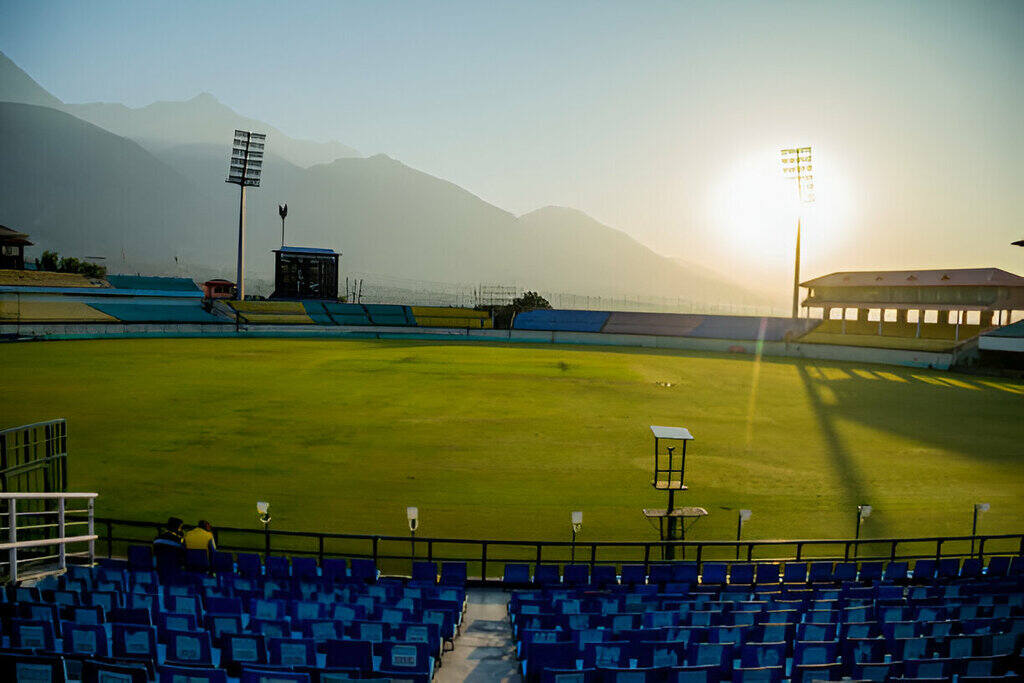Stadiums are not just venues for sporting events and concerts; they are hubs of activity, drawing thousands of people together in one space. With such large crowds, ensuring safety within and around stadiums is paramount.
One critical aspect of safety management is traffic control, both inside and outside the stadium premises. In this article, we explore how stadiums are elevating safety measures through the use of traffic safety equipment.
Understanding the Importance of Traffic Safety in Stadiums
Traffic safety in stadiums encompasses a range of measures designed to manage vehicular and pedestrian traffic efficiently and safely. This includes directing traffic flow, managing parking areas, and ensuring pedestrian safety during ingress and egress.
Failure to implement adequate traffic safety measures can lead to congestion, accidents, and even fatalities, tarnishing the stadium’s reputation and compromising attendee safety.
The Evolution of Stadium Safety Standards
Over the years, the standards for stadium safety have evolved significantly in response to various incidents and advancements in technology.
What was once considered acceptable in terms of traffic safety may now be deemed insufficient due to changing regulations and increased awareness of potential risks. Stadium owners and operators must stay abreast of these evolving standards to maintain a safe environment for patrons.

Traffic Safety Equipment: A Crucial Component
Traffic safety equipment from optraffic.com ensures smooth traffic flow and minimizes the risk of accidents within stadium premises.
From simple traffic cones to sophisticated electronic signage, these tools help guide vehicles and pedestrians safely to their destinations. Let’s explore some of the essential traffic safety equipment used in stadiums today:
1. Traffic Cones and Barricades
Traffic cones and barricades are ubiquitous symbols of traffic control. In stadium settings, they are used to delineate pedestrian walkways, mark off restricted areas, and create barriers to prevent vehicle intrusion.
These highly visible markers serve as visual cues for both drivers and pedestrians, guiding them along designated routes and away from potential hazards.
2. Electronic Message Boards
Electronic message boards provide dynamic, real-time information to motorists and pedestrians. Positioned strategically throughout parking lots and access roads, these boards convey important messages such as parking availability, directional instructions, and safety advisories.
By delivering timely information, electronic message boards help prevent traffic bottlenecks and enhance overall traffic management efficiency.
3. Super Solar Light Tower
The Super Solar Light Tower is a sustainable and versatile lighting solution that enhances visibility and safety in stadium parking lots and surrounding areas. Equipped with adjustable LED lights and motion sensors, Super Solar Light Towers offer enhanced security by detecting movement and illuminating dark areas.
By integrating Super Solar Light Towers into their traffic safety plans, stadiums can enhance safety, reduce energy consumption, and demonstrate their commitment to environmental sustainability.
4. Traffic Signals and Signs
Traffic signals and signs regulate vehicular traffic at intersections, crosswalks, and entry/exit points within stadium premises. Clear signage indicating speed limits, pedestrian crossings, and parking regulations helps drivers navigate the area safely and predictably.
Additionally, traffic signals equipped with sensors can adjust their timing based on traffic flow, optimizing efficiency during peak periods.

5. Traffic Barriers and Bollards
Traffic barriers and bollards serve as physical barriers to protect pedestrians from vehicular traffic and vice versa. These sturdy structures are strategically placed to prevent unauthorized vehicle access to pedestrian zones and sensitive areas such as entry gates and seating areas.
In the event of a security threat or emergency, retractable bollards can be deployed quickly to secure vulnerable areas and safeguard attendees.
6. Intelligent Transportation Systems (ITS)
Intelligent Transportation Systems (ITS) integrate advanced technologies to enhance traffic management and safety in stadium environments. ITS solutions may include CCTV cameras for real-time surveillance, vehicle detection sensors for traffic monitoring, and dynamic signage systems for adaptive traffic control.
By leveraging data analytics and automation, ITS helps stadium operators make informed decisions to optimize traffic flow and mitigate potential risks.
Implementing a Comprehensive Traffic Safety Plan
While individual traffic safety equipment components are essential, their effectiveness relies on the implementation of a comprehensive traffic safety plan tailored to the specific needs of each stadium. A holistic approach to traffic safety encompasses the following key elements:
1. Risk Assessment and Planning
Conducting a thorough risk assessment helps identify potential traffic hazards and vulnerabilities within and around the stadium. Assessment findings suggest creating a detailed traffic management plan with prevention, emergency, and contingency measures.
2. Collaboration and Coordination
Successful traffic safety management requires collaboration among various stakeholders, including stadium management, local authorities, transportation agencies, and emergency responders.
By fostering open communication and coordination, stakeholders can work together to address traffic-related challenges effectively and implement cohesive safety strategies.
3. Staff Training and Emergency Preparedness
Training stadium staff in traffic management procedures and emergency response protocols is essential for ensuring swift and coordinated action during critical situations.
Staff members should handle traffic emergencies, assist patrons safely, and communicate well with external agencies.
4. Continuous Evaluation and Improvement
Traffic safety is an ongoing process that requires regular evaluation and refinement. Stadium operators should conduct post-event reviews, gather feedback from attendees and stakeholders, and identify areas for improvement.
By embracing a culture of continuous learning and adaptation, stadiums can enhance their traffic safety measures and stay ahead of emerging risks.

Conclusion
As stadiums continue to evolve into multifaceted entertainment complexes, the need for robust traffic safety measures becomes increasingly evident. Investing in top-tier traffic safety gear, coupled with comprehensive management plans, fosters secure stadium atmospheres. Prioritizing safety in stadiums enhances the fan experience and upholds their reputation as responsible stewards.



